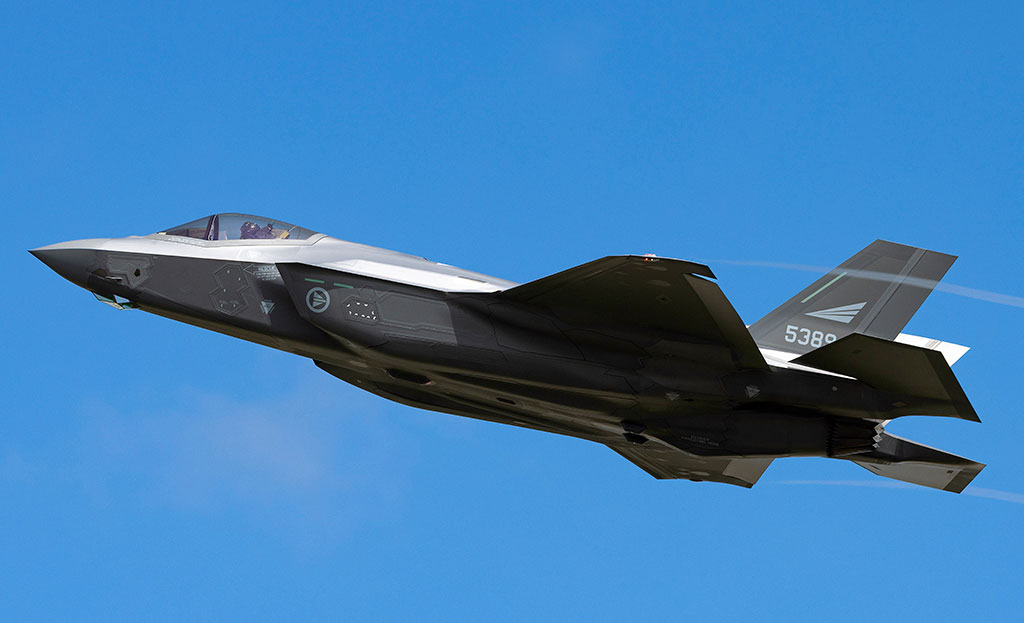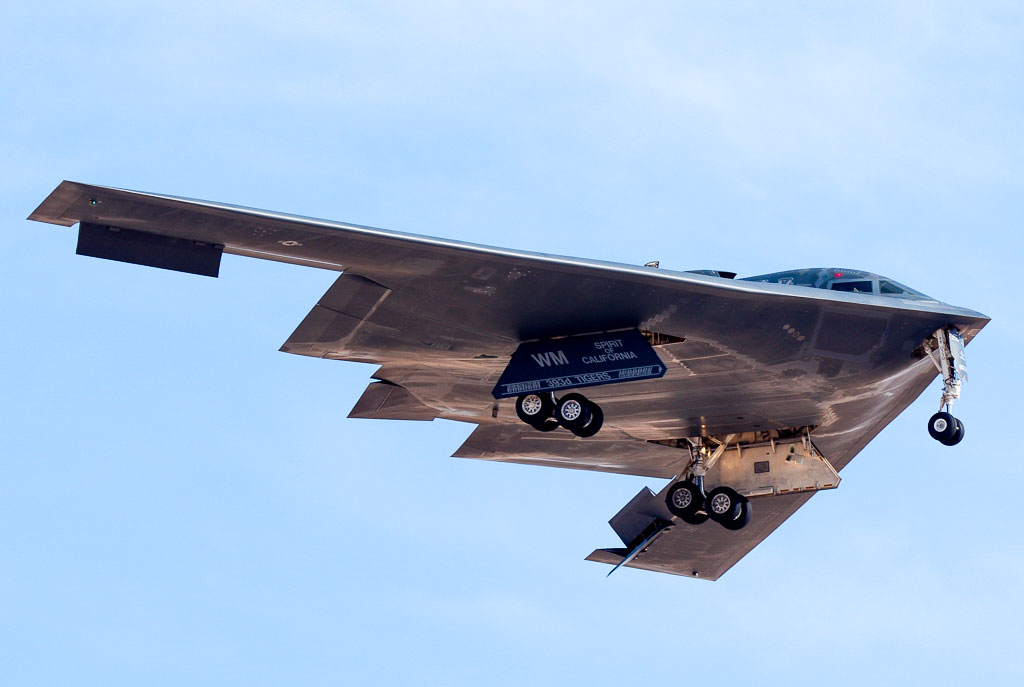
Since March, the United States has carried out more than 800 strikes against the Houthis, reducing their missile fire in the Red Sea by 70%.
Since March 15, US forces have launched more than 800 strikes against Houthi military targets in Yemen. This campaign, which relies on heavy air and naval assets, aims to reduce the threat to maritime navigation in the Red Sea. As a result, missile attacks have fallen by 70% and drone attacks by 55%. The targets include command centers, weapons factories, storage sites, and the destruction of the port of Ras Isa, which is key to Houthi financing. Despite this setback, the group retains its capacity to act, fueled by Iranian support.
A massive air campaign to reduce the Houthi threat
Since March 15, 2025, US armed forces have carried out more than 800 air strikes against Houthi-controlled military installations in Yemen. This pace of air operations equates to an average of more than 12 strikes per day. By way of comparison, during Operation Desert Storm in 1991, the US Air Force carried out around 1,000 sorties per day, but against a state army. The pace against an insurgent group illustrates the scale of the resources deployed.
The targets include command centers, air defense systems, weapons manufacturing plants, and weapons depots. The destruction of these targets is intended to weaken the Houthis’ offensive capabilities, particularly against shipping in the Red Sea, which is essential for global trade, accounting for around 12% of international trade.
The strikes are being carried out by fighter jets from two aircraft carriers in the Red Sea, supported by B-2 strategic bombers operating from Diego Garcia in the Indian Ocean. These aircraft can fly more than 11,000 km without refueling and are equipped with precision munitions such as GBU-31 (900 kg JDAM-type munitions).

Impact on the Houthis’ strike capabilities
The effect of this campaign is beginning to be felt. According to CENTCOM, Houthi ballistic missile launches have fallen by nearly 70% since March. Suicide drone attacks have decreased by 55%.
Before this campaign, the Houthis were capable of firing several missiles a week at commercial and military vessels. Since the beginning of 2024, more than 50 attacks on ships had been recorded in the area. Today, that number has fallen to less than three major attacks per month, according to the United States Naval Institute.
This reduction in activity has made trade routes safer, as the diversion around the Cape of Good Hope increased the cost of maritime transport by around 30% and added 12 to 14 days to the transit time compared to the traditional route via the Red Sea.
Nevertheless, the Houthis still have the capacity to cause disruption. Their maritime harassment strategy relies on relatively simple equipment: inexpensive drones (estimated to cost between $10,000 and $100,000 each) and missiles sometimes derived from Soviet or Iranian equipment.
Priority targets: anti-ship missiles and naval drones
The priority for US forces remains the neutralization of anti-ship missiles and naval drones. The Houthis use ballistic missiles adapted for firing at ships, such as the Quds-2, capable of striking maritime targets up to 700 km away.
The development and supply of these weapons demonstrate significant logistical support. Experts believe that Iran is supplying the Houthis with advanced equipment via clandestine sea routes or smuggling networks through Oman.
A modern anti-ship missile costs between €1.5 and €2 million. By neutralizing these capabilities, CENTCOM is attempting to reduce operational costs for the international maritime coalition, which currently has to use heavy weapons such as SM-2 or SM-6 missiles (unit cost exceeding €3 million) to intercept Houthi threats.

The strategic impact of the destruction of the port of Ras Isa
The destruction of the port of Ras Isa by US strikes is a severe blow to the Houthis’ military economy. Located on Yemen’s west coast, Ras Isa was the main fuel import terminal under Houthi control.
The imported fuel was used for both military supplies and the civilian economy under their control. In addition, the Houthis levied taxes estimated at nearly $1 million per week on commercial imports.
The loss of the port therefore has two major consequences:
- Reduction in logistical resources: Military operations, including missile launches and troop movements, require large amounts of fuel.
- Economic weakening: The reduction in tax revenues makes it more difficult to finance salaries for Houthi forces and civil services in the territories they control.
This situation could increase internal tensions within the movement and weaken their grip on the territory, particularly in Sanaa.
Iranian support: a decisive factor
CENTCOM emphasizes that the Houthis cannot maintain their military capabilities without the active support of Iran. For several years, Tehran has been providing weapons, intelligence, and technology to the Houthis.
According to the United Nations, approximately 70% of the sophisticated weapons found in the Houthis’ possession are believed to be of Iranian origin or to have transited through networks linked to Iran. Experts estimate that Iran spends between $100 million and $200 million per year to support various allied groups in the Middle East, including the Houthis.
This support enables the Houthis to maintain a higher level of military capability than other comparable rebel groups, despite ongoing airstrikes. It also poses a strategic challenge to the US and its regional allies, forcing them to wage a protracted military campaign with no real political solution in sight.
War Wings Daily is an independant magazine.